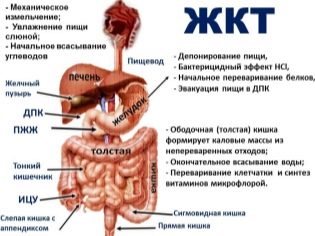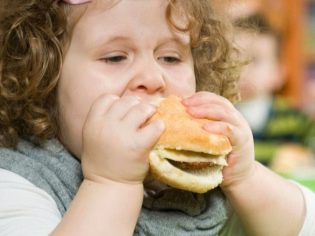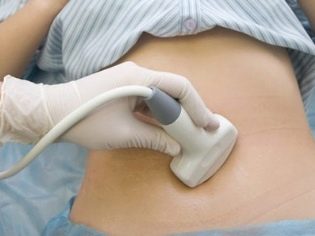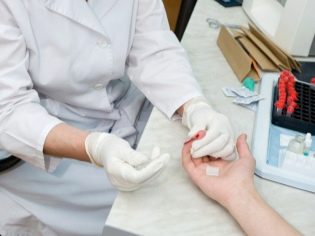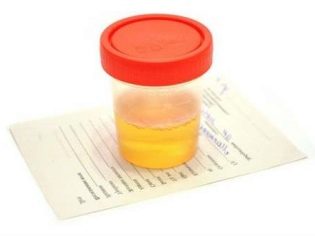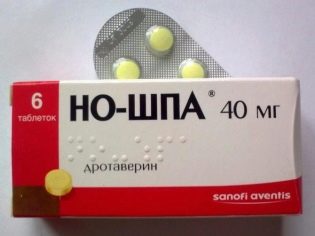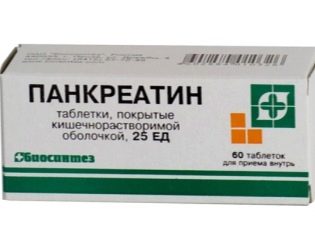Reactive pancreatic changes in a child
The number of children in whom the doctor diagnoses problems with the pancreas, has recently increased markedly. What are reactive changes, why they are developing and how to treat them, we will discuss in this article.
What it is?
Reactive changes of the pancreas, despite the terrible name, do not occur by themselves and are not considered a separate ailment. They are the response of this body to some other ailments of the organs of the gastrointestinal tract, as well as to the adverse effects that the children's body undergoes.
The pancreas itself is second in size in the abdominal region after the liver, it provides the two most important processes - it produces insulin necessary for the absorption of sugar and produces pancreatic fluid, without which the digestive process cannot be normal.
On the ducts, this fluid flows into the duodenum. The condition of these ducts is of great importance for the work of the pancreas. Since all the organs of the gastrointestinal tract are communicated through the ductal network, any illness of one of them immediately affects the pancreas, causing reactive changes.
The number of children whose doctors find such changes is growing. Scientists believe that there is a certain amount of influence of the deteriorating ecology, the abundance of preservatives and dyes, even in baby food.
Causes
Enzymes that are produced by the pancreas, become active only when they are connected to the fluid medium of the intestine. However, in diseases of the digestive system it is possible to inject fluids from the duodenum.
Contact with it activates the enzymes ahead of time, before they enter the intestine. The active process of digestion begins not where it is needed, and the pancreas in fact begins to digest itself. This medicine is called reactive pancreatitis, and such a change is considered the most common
A variety of diseases can provoke reactive changes, such as gastritis, hepatitis, problems with the gall bladder, gastroduodenitis. Nutritional disorders can be causes of reactive changes in the pancreas - the baby does not eat well enough or, on the contrary, eats, it is allowed to abuse fast food, chips, crackers and questionable sweets with lots of dyes and flavors.
The pancreas can increase, it can begin pathological processes in response to some infectious diseases such as measles or scarlet fever, toxin poisoning, medication, especially for long-term use of antibiotics. Sometimes the "starting" mechanism that triggers reactive changes is the autoimmune pathological processes in the body.
In childhood and adolescence, the psychogenic factor is also not excluded - the pancreas can undergo functional impairment, as they say, on nerves, after experiencing severe stress.
Danger
Reactive changes in the pancreas only reflect the presence of another disease, but are themselves capable of delivering unpleasant sensations. In children, a rather pronounced pain syndrome may develop, digestion may be disturbed, and blood sugar levels may increase.
The pancreas exposed to such destructive processes increases in size, can swell.A child may develop vomiting, diarrhea, indigestion, it may be disturbed by pulling pains in the upper abdomen. However, in the overwhelming majority of cases, reactive changes occur without symptoms at all and become a “find” on ultrasound of the gastrointestinal tract.
Symptoms
The following symptoms may indicate problems with the pancreas:
Pain in the upper abdomen, in the region of the stomach, which subsides somewhat if the child assumes a sitting position with a slight bend of the body forward.
Vomitus with undigested food pieces. Relief such vomiting brings.
Possible increase in body temperature.
Frequent diarrhea. Fecal matter has a watery consistency, unpleasant pungent smell. If reactive changes are present for a long time, then the child’s stool is chronically unstable - diarrhea is replaced by constipation and vice versa.
Dry mouth, when examining the oral cavity reveals a milky plaque on the tongue.
Change in appetite. The child begins to eat little and irregularly, refuses even to those dishes that he liked before.
Regular belching, increased flatulence, flatulence, bloating.
Increased fatigue, reduced overall body tone.
Diagnostics
Signs of secondary diffuse changes may be detected by an ultrasound examination of the abdominal organs. The norm of the size of the body by ultrasound can be assessed only by special medical tables, which are drawn up taking into account the age, sex and weight of the child. In the newborn and the infant, on average, the size of the gland by ultrasound is normal - 4-5 centimeters. By the age of 10, the size of the pancreas increases to 15 centimeters.
Anomalies of the parenchyma are expressed not only in the excess of the upper limit of the age norm in size, but also in the outlines and contours of the organ. If the diagnostician concludes that the child has diffuse changes, this means that the reactive state is evenly distributed throughout the body. Separate foci of pathology is not observed.
However, ultrasound does not give an accurate picture of what is happening. Therefore, in the event of doubt, the doctor prescribes clarifying tests:
A clinical blood test for biochemistry allows to establish signs of possible inflammation;
urine analysis shows whether there is no digestive enzymes unusual for this medium in the sample of excretory fluid;
Endoscopic examination of the duodenum allows to judge the uniformity and structure of the mucous membrane in the area of the ductal junction.
Treatment
Moderate reactive changes usually do not need a separate special treatment. Usually, everything comes back to normal following the completion of the treatment of the main disease of the gastrointestinal tract, which resulted in disruption of the pancreas.
Severe diffuse changes in the parenchyma of the gland are treated in stationary conditions under the constant supervision of a physician. Therapy includes antispasmodics ("No-shpu", "Papaverin") to reduce pain, enzyme preparations ("Pancreatin" other), as well as vitamins and minerals. An antihistamine can also be given to the child to relieve allergy symptoms, which, if present, worsens his condition.
Mandatory condition for recovery - a strict diet. In case of severe pain and vomiting, the child is satisfied for 1-2 days of medical fasting, and then administered food gradually. The diet excludes fried and fatty foods and dishes, carbonated drinks, cocoa and chocolate, smoked meats and canned foods, pickled foods. Useful vegetable soups, cereals, jelly, stewed fruit with a low sugar content, fresh vegetables and fruits.
On the days of medical fasting, only warm non-carbonated mineral waters with a high salt content — Borjomi, Essentuki, etc. — are permitted to the child
Prevention
To avoid problems with the pancreas is quite simple, which cannot be said about the treatment of reactive changes. Parents should monitor how much and what the child eats.Food should be regular, sufficient, balanced. You can not overfeed baby.
If you experience any symptoms of indigestion, abdominal pain, it is desirable to show the child to the doctor, to exclude diseases of the gastrointestinal tract or to detect them and treat them in time, until the pancreas did not have time to respond to them with reactive changes of the parenchyma.
All about the problems of the pancreas in a child and not only look in the next edition of the program of Dr. Komarovsky.

